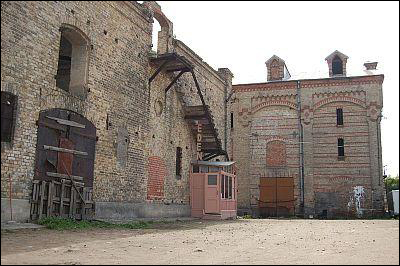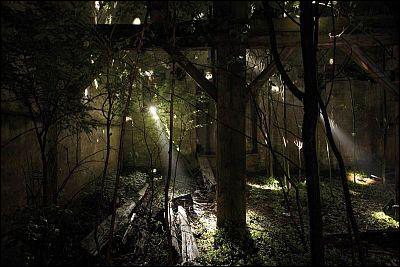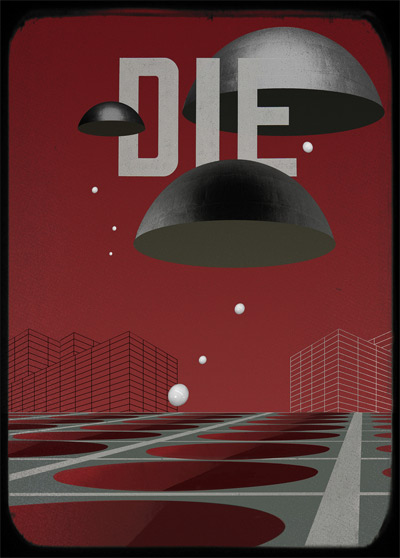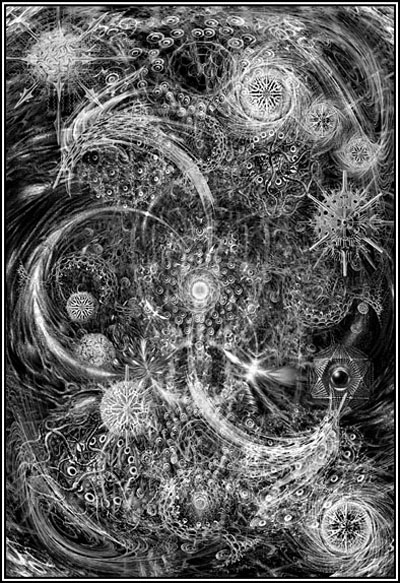Guest blogger Olga Drenda writes about war crimes and home-made drugs for a living, but it’s fluffy rodents who are her true love. She hails from the land of pierogi, supermodels and death metal bands, and is an editor at seelebrennt.com.
When going on an urban exploration trip, what do you expect to find in an abandoned building? Non-functioning devices, dilapidated furniture, calendars from 1975, some good graffiti on the walls, traces of cybergoth photo sessions. Sometimes you might even come across unexpected peculiarities like a carpet made of adult magazines and empty vodka bottles with rainbow-like, holographic labels (the last two, I’ve seen myself). However, occasionally you find something even more surprising, just like it happened earlier this year in Riga.

Inside a crumbling building (property the Latvian Museum of Contemporary Art), the duo of fashion designers Mareunrol’s, together with Austrian scenographer Rūdolfs Bekičs, light artist Krišjānis Strazdītis and sound designer Kaspars Groševs created an unusual installation called Eden: a road to a luscious forest growing inside the structure. While the building was left unused for years, trees grew there on their own. With the help of Mareunrol’s and team, this abandoned space became a temporary shelter from the constant noise and hum of the outside world. After conquering a labyrinth of claustrophobic, somber corridors, the visitors entered a wild indoor microcosm, an urban garden of Eden.

But Eden isn’t the only indoor forest in existence. Another, completely different example, is Singapore’s Elok House. Constructed by Chang Architects, the “purposely wild”, however paradoxical it may sound, green area inside an utterly modern building is an oasis of foliage within one of the most industrialized cities on Earth.

Even if Elok House may be more designed rebellion than high art, the project is more than a mere decorative garden and and is still worth noticing. The architects indeed endeavored to equip the house with realistic forest qualities. Leaving enough room for plants to grow freely, letting rainwater collect in an indoor pond, covering the interiors with layers of moss is certainly more extreme than what most designers set out to achieve. The smell of wet soil completes the picture. I wouldn’t mind a squirrel or a deer running around, but even without them, the place – aseptic and nobly minimalist on the outside – appears to be alive enough to be called a radical statement of eco-design.

So how do you decorate an indoor oasis? Ayodhya‘s moss table certainly seems fitting – just looking at this photo makes me turn into a forest pixie in my imagination! The table would perfectly match a meal of blueberries and morning dew. And what about music? Apart from field recordings, which appear to be a natural choice when we think about forest surroundings, consider Pyramids and Stars. This little-known, but worthy of attention, music act with its aptly named song makes for a good soundtrack here.















